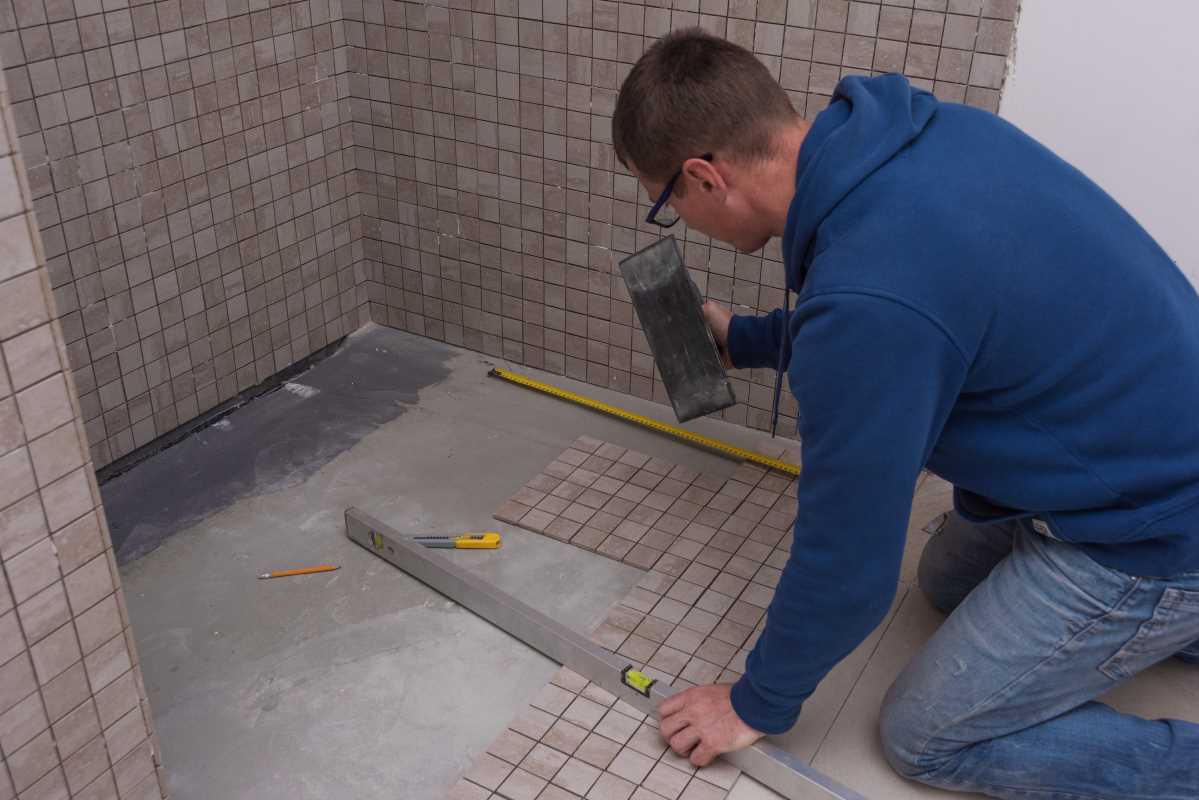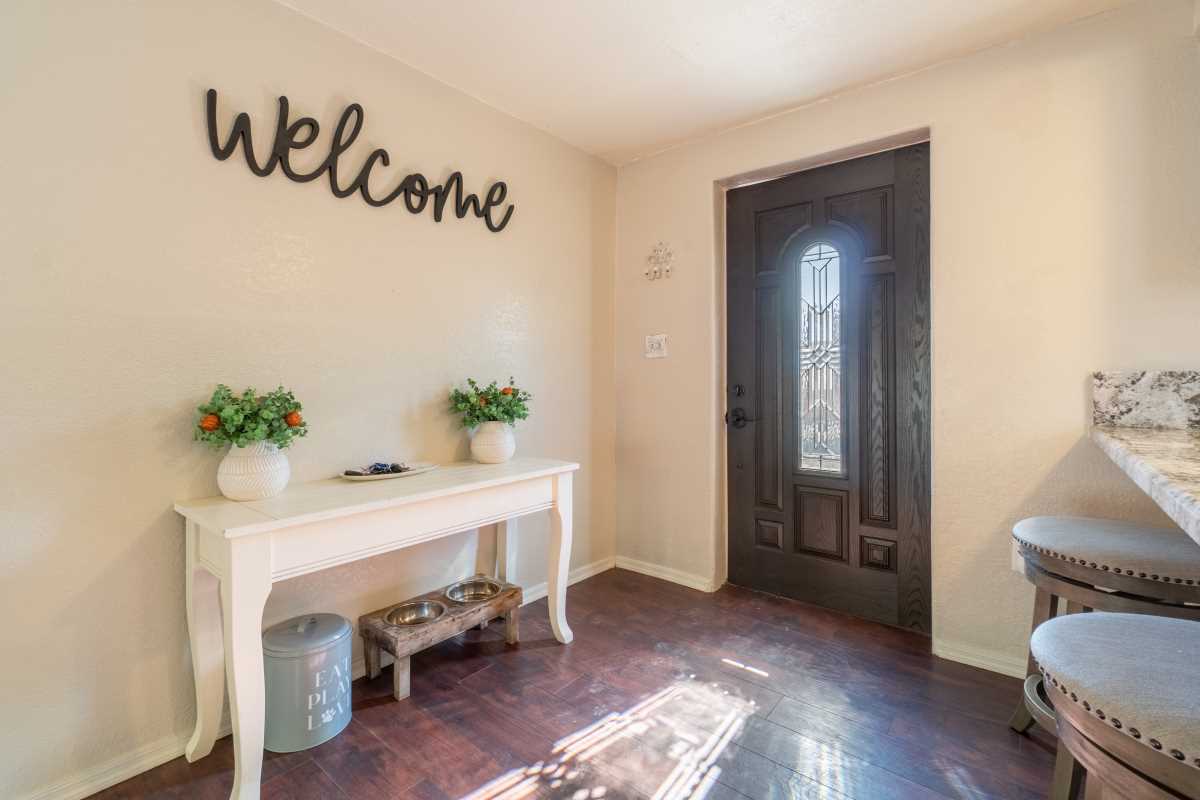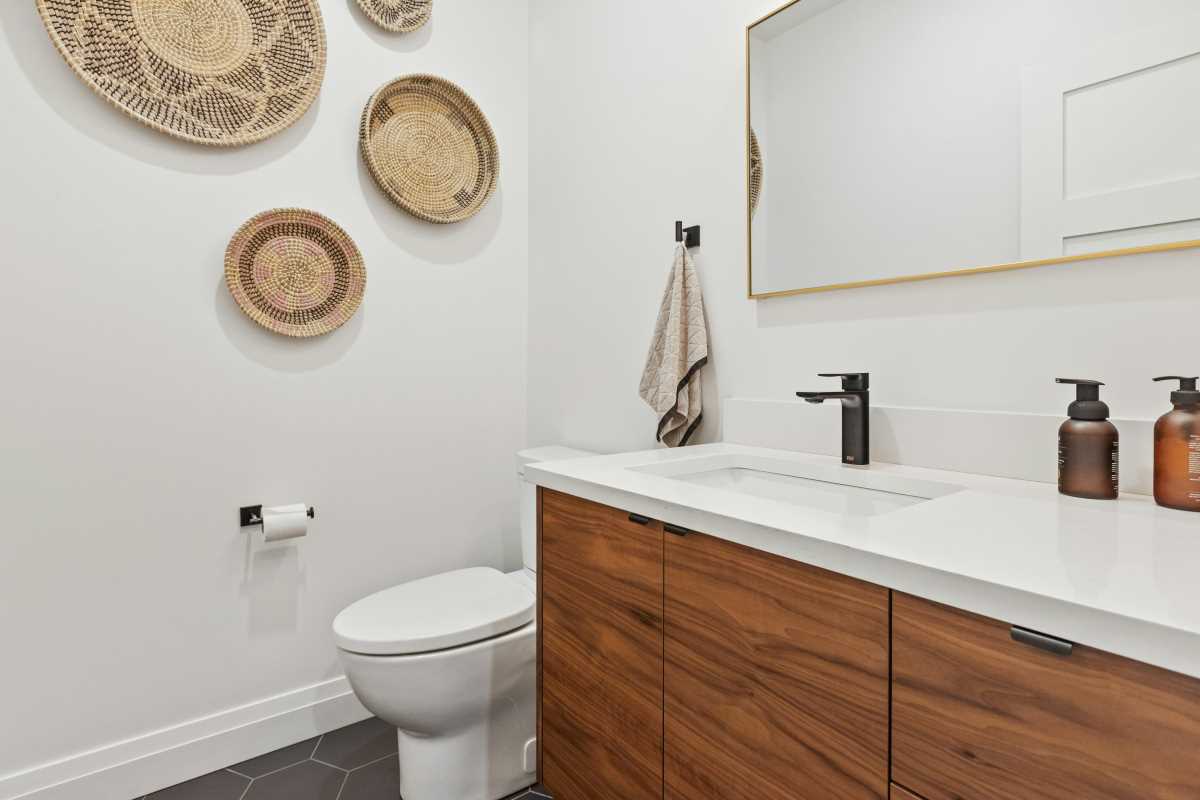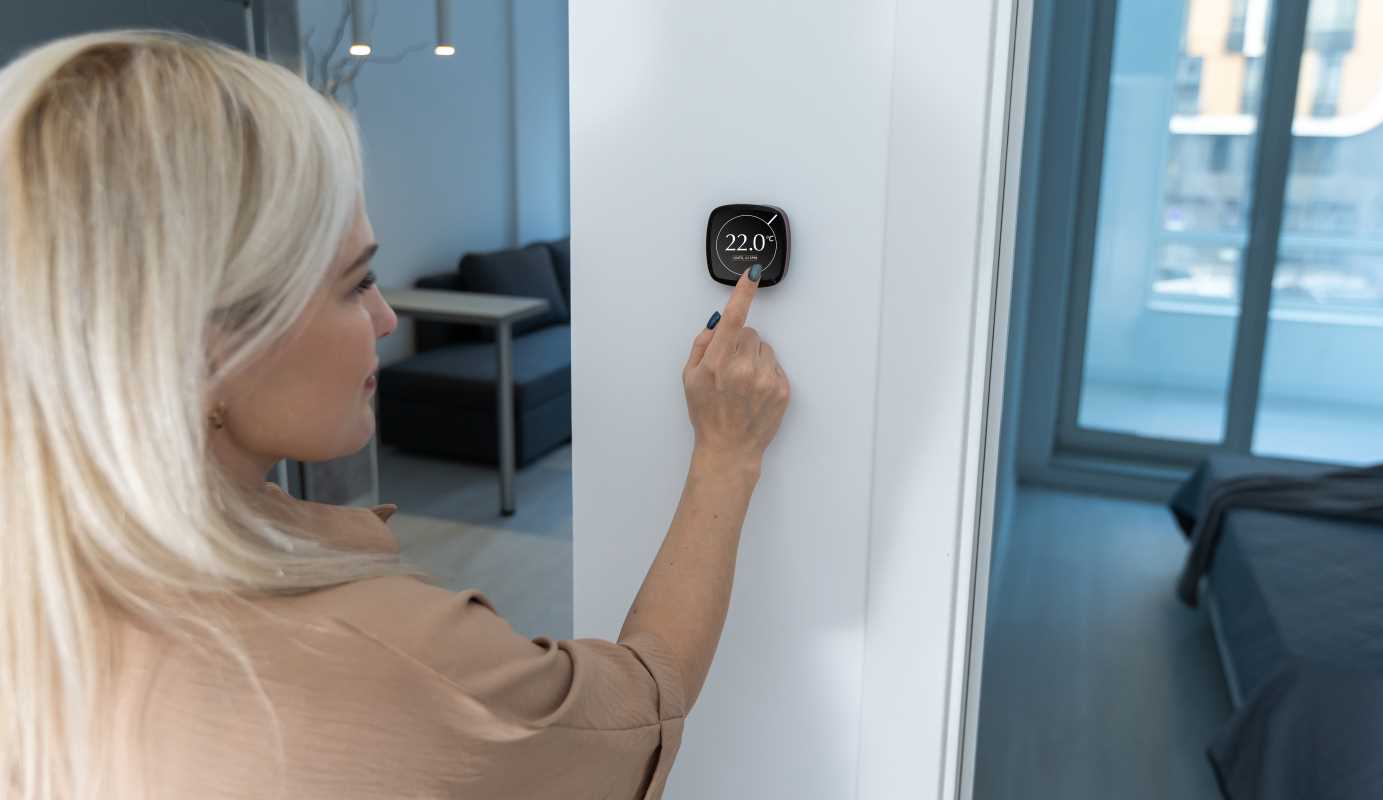Renting out a spare room in your home can be a great way to boost your income while making use of unused space. This extra cash could help with mortgage payments and utility bills or even be set aside for savings or future investments. It’s also a way to provide affordable housing in your community.
Becoming a landlord for the first time can feel overwhelming, especially when faced with legal, financial, and logistical considerations. From understanding local zoning laws to managing taxes and selecting the right tenant, there’s plenty to think about. This guide will give you a step-by-step breakdown to help you rent out your spare room with confidence and ease while avoiding common mistakes new landlords make.
Preparing the Room
A well-prepared room makes all the difference when attracting tenants. Potential renters want to move into a space that feels clean, functional, and comfortable. Start by thoroughly cleaning the room and removing any personal items or stored clutter. The space should feel neutral and ready for someone else to make it their own.
Furnish the room with the basics, such as a bed with clean bedding, a nightstand, a desk or small table, a chair, and adequate storage like a dresser or closet. You don’t need to overdo the decor, but small touches like a lamp or a neutral piece of artwork can make the room feel more inviting. Lighting is a key factor, too, so make sure the space has bright and energy-efficient bulbs.
Privacy is crucial for tenants. If the room doesn’t already have a lock on the door, installing one can be a worthwhile investment. Check that any blinds or curtains provide enough coverage to maintain privacy and comfort. Preparing the room thoughtfully not only attracts tenants but also encourages a respectful relationship with the space.
Setting a Fair Price
Determining the right rent for your room is one of the most important steps in this process. Your rent needs to strike a balance. It should be attractive to prospective tenants while also providing you with fair compensation.
Start by researching local rental listings to understand what similar spaces in your area are going for. Pay attention to factors like room size, furnishings, and included amenities such as Wi-Fi, utilities, or parking. Keep in mind the importance of fair market value. Be sure to charge rent that is consistent with similar properties in your area.
Location also plays a big role. If your home is near popular areas like universities, city centers, or public transit stops, you may have room to price your space higher. If you’re in a suburban or rural area, you may need to stay competitive by offering amenity-packed options at a reasonable price.
Don’t forget to consider any costs associated with renting, such as increased utility use or minor repairs. These should factor into your rental price while still making it a fair deal for you and your tenant.
Understanding Legal Requirements
Before welcoming a tenant, it's essential to ensure you're complying with local laws and regulations. Some cities or states have zoning restrictions that may prohibit homeowners from renting to unrelated individuals. If you live in a community governed by a homeowner association (HOA), there may be specific rules against subletting or renting a part of your property. Ignoring these restrictions could lead to significant penalties or legal disputes. Check with your local government and HOA for any limitations or requirements specific to your area.
Taxes and Lease Agreements
You’ll also need to think about taxes. U.S. tax law includes a unique "14-day rule," which allows homeowners to rent out part of their homes for up to 14 days per year without having to report the income. This can be a great option for those who want to rent their room occasionally without the added responsibility of filing taxes for rental income. If the number of rental days exceeds 14, all income from the rental becomes taxable and must be reported accurately. Document your rental income and any relevant expenses carefully to make tax season smoother.
Another legal requirement is drafting an appropriate lease agreement. This document should clearly outline rental terms such as payment schedules, stay duration, and house rules. A solid lease protects both you and your tenant and reduces the likelihood of disputes. Lastly, check if your homeowner’s insurance needs adjustments to cover any liabilities associated with renting a part of your property. It might also be wise to consult with an attorney to review the document to ensure it covers you in the case of damage to your room.
Finding the Right Tenant
Begin by creating a detailed and appealing advertisement for your space. Be upfront about the room’s features, rent price, included amenities, and any house rules or requirements. High-quality photos that showcase the room’s best attributes can make an enormous difference in drawing interest.
Once you start receiving inquiries, take time to screen potential tenants carefully. Ask for references, such as previous landlords or employers. You may also consider running a background check. You want someone who will respect your property, follow house rules, and pay rent on time.
Meeting with prospective tenants before finalizing an agreement can give you valuable insight into whether they would be a good fit for your space and household. If anything feels off about the interaction, trust your instincts and wait for the right person. A little patience during this stage can save you from unnecessary headaches later on.
Sites to Find Tenants
Finding a tenant is no easy task. Depending on the type of room, there are a few websites you can try. Give these a shot:
- Facebook Marketplace: Facebook is still the tried and true of finding roommates, but be careful as you might get several scammers using this method.
- Furnished Finder: Furnished Finder is ideal if the room you're offering is fully furnished. It also helps guide you through the process of renting a room.
- Roomies: Roomies.com is a roommate-matching platform that stands out by offering free, detailed profiles and direct communication to help users find compatible living arrangements.
Managing the Rental
Once your tenant has moved in, effective management is essential to maintaining a positive and professional relationship. Start by establishing clear boundaries, especially if you’re sharing common spaces like the kitchen or living room. Make sure both you and your tenant are comfortable with the arrangements and put these guidelines in writing if necessary.
Setting up open communication is key. Encourage your tenant to reach out if they have any concerns or issues, whether it’s a maintenance problem or a question about house rules. Addressing issues promptly shows that you’re a responsible landlord and helps prevent minor annoyances from growing into bigger conflicts.
Keep track of rent payments and expenses systematically to ensure both your finances and your tax records are in order. Consider using property management software or a simple spreadsheet to stay organized.
Finally, maintain the space well. Whether it’s responding quickly to a leaky faucet or scheduling routine maintenance, keeping your home in good condition will make the rental experience better for both you and your tenant.
 (Image via
(Image via





